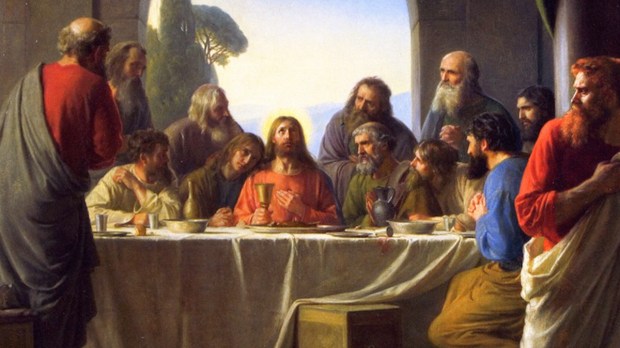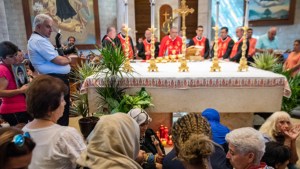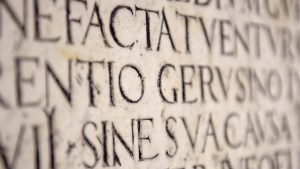The Last Supper is viewed by Catholics as the official institution of the Eucharist, inaugurating the liturgical celebration of Mass.
While today the Mass is said in a variety of languages throughout the world, it is likely that Jesus said the words of institution in his native tongue of Aramaic.
In 1st-century Palestine, three languages were spoken among the people: Aramaic, Greek and Hebrew. Each had its own function and was used by specific groups.
Aramaic is widely accepted by scholars as the primary language Jesus spoke.
Hebrew was preserved by the religious leaders of first century Palestine, but it was not a common language that everyone knew how to speak. Jesus demonstrated that he could read Hebrew when he picked up a scroll in the synagogue (Luke 4:16–30), but most of his illiterate disciples would not have known Hebrew.
Aramaic still used in the Maronite Rite today
Among the many liturgical traditions in the Church today, Aramaic is still used for the words of institution in the Maronite Rite.
According to the Eparchy of St. Maron, “The Maronite Liturgy is the original liturgy which developed [in] Antioch in Aramaic right after the time of the Apostles … The languages used in the Maronite Liturgy are ancient Syro-Aramaic for certain fixed parts (the Trisagion, Qadishat aloho; the two approaches to the Altar; and the Consecration of the bread and wine).”
It is a unique way to experience the liturgy, hearing the words of institution in the language Jesus likely used.



